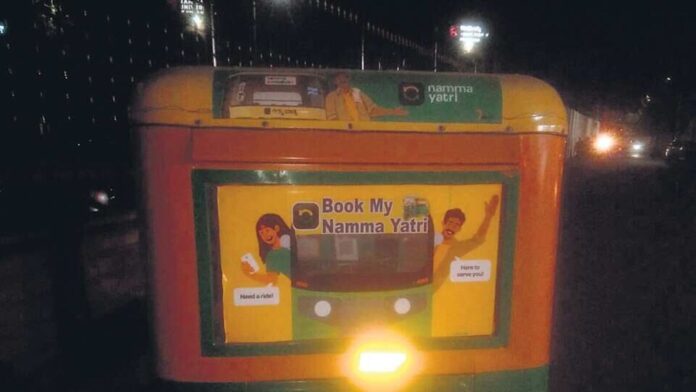“Expansion is at the top of our minds. The idea is to enable convenience for customers and maximum earnings for drivers,” he said, adding that the firm is hoping its open-network model will help solve pain points.
Over the next few months, Namma Yatri will look to strengthen its presence in more than 15 tier-2 cities in south India such as Mangalore, Kottayam, Madurai and Salem, Shan added. Venturing beyond metro cities will be a natural progression for the mobility company, he added.
Namma Yatri is eyeing a big chunk of India’s ride-hailing market with its no-commission business model. “We aim to look at these regions actively over the course of the year. Learnings from our presence in bigger cities like Bengaluru and Kolkata will certainly be helpful,” Shan said.
Also read: Can ride hailing drive more women into India’s labour force?
Launched in November 2022, Namma Yatri was built on the Beckn Protocol, a government-backed, open-source protocol that allows the creation of decentralised, peer-to-peer networks for economic transactions. It was also used to build the government’s Open Network for Digital Commerce (ONDC).
Shan and chief product officer Magizhan Selvan currently lead Namma Yatri’s operations. In March the company was hived off as a separate entity under the name Moving Tech Innovations Private Limited, a move that will allow the mobility firm to realise its vision by maintaining independence, according to Shan. The divestment was also aimed at enabling fundraising.
Juspay remains Namma Yatri’s largest shareholder while Juspay’s investors including SoftBank and early-stage venture capital firm Accel hold indirect stakes in the company.
Harnessing digital public infrastructure
Juspay’s decision to enter the mobility space arose from deep faith in India’s digital public infrastructure, Shan said. Namma Yatri was formed to create synergies with Juspay’s core products including credit and payment infrastructure, he added.
“We have always rooted for open ecosystem initiatives such as UPI and the Open Credit Enablement Network at Juspay. We believe these initiatives can create population-scale impact and solve problems with the help of technology,” the executive said.
Also read: Digital public infrastructure must bridge every digital divide
However, the team soon realised that mobility had a complex human side to it, as opposed to a UPI transaction, which is simply two systems interacting with one another. “The empathy angle was necessary to build trust and provide high-quality service. That’s what we started off with,” Shan added.
Subscription vs commission
Namma Yatri claims to have completed 3.9 crore trips with 3.6 lakh drivers since inception. It charges drivers a subscription fee — unlike rival ride-hailing firms like Uber and Ola, which take a commission on each ride — with fares starting at ₹25 for auto rides.
However, Shan believes the company may have to rethink its approach in non-metro cities. “So far, our conversations and experiments suggest that drivers are open to paying a subscription fee as opposed to a commission. But we are hoping to figure out over time which model would work best,” Shan said.
According to an early-stage mobility investor, Namma Yatri will have to take into account the differences in driver and consumer behaviour in metros and non-metros. In smaller cities, he said, riders and drivers have a relationship, making ride-hailing apps an afterthought. “It will be interesting to see how Namma Yatri works around this. The commission model will definitely not appeal to drivers and subscription charges will have to be kept nominal,” the investor said.
Also read: Ola’s India refocus makes sense
Shan said the firm will look at creating specialised features for these regions, including an option to ‘favourite’ drivers to increase reliability and trust. Shared auto rides are also likely to perform well in smaller towns, he added. “Drivers in these regions generally find themselves idle during off-peak hours. Our idea is to provide them an opportunity to make money in those hours,” he said.
For cabs, Shan said on-demand, point-to-point hailing may not work too well in tier 2 and tier 3 cities. Instead, the company is looking to introduce intercity rentals.
Namma Yatri has already achieved operational profitability – which excludes central and product development costs – in Bengaluru, Shan told Mint, adding that there’s “a long way to go” for company-wide profitability.
You are on Mint! India’s #1 news destination (Source: Press Gazette). To learn more about our business coverage and market insights Click Here!
Download The Mint News App to get Daily Market Updates & Live Business News.
More
Less
Published: 30 May 2024, 10:14 AM IST
#Juspaybacked #Namma #Yatri #eyes #small #towns #fundraise
